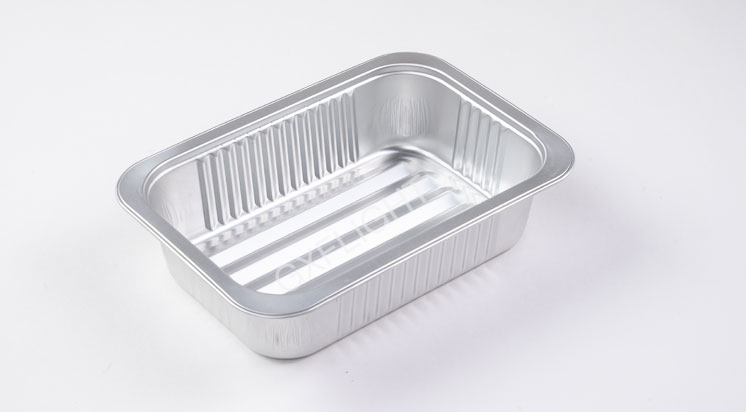
When flying, have you ever noticed the meal boxes used during in-flight dining? These small meal boxes actually embody the airlines' pursuit of detail and deep consideration for passenger experience.
In the early 20th century, with the development of the aviation industry, airlines began to place greater importance on passenger comfort and satisfaction. As containers specially designed to provide meals during flights, airline meal boxes have also gone through a series of innovations and improvements along with this trend.
Early 20th Century
Airlines started offering passengers simple food supplies, but the food was usually directly served in traditional tableware or wrapped in napkins.
Mid 20th Century
Plastic containers began to be used as packaging for airline meals, with airline logos printed on the boxes. This gradually evolved into disposable food containers, simplifying cleaning and maintenance tasks.
Late 20th Century
Aluminium foil food containers began to be widely used in airline catering and gradually became a standard feature for airlines.
Early 21st Century to Present
Facing environmental challenges, airlines have actively sought more sustainable solutions to meet passengers' dining needs. In this process, the trend of using materials like airline aluminium foil food containers, which are recyclable, has become increasingly common and is leading the industry's new direction.
As specialized food packaging containers in air travel, airplane aluminium foil food containers are favored by airlines due to their unique design and material.
Compared to meal boxes made from other materials, airline aluminium foil food containers possess many unique advantages.
Green and Eco-friendly, Recyclable
Airline aluminum foil meal boxes, with their green and eco-friendly, recyclable features, have become the preferred product in airline catering services. Made from aluminum foil, these meal boxes have a significant environmental advantage compared to traditional plastic meal boxes. Aluminium disposable food container has a high rate of recyclability, which greatly reduces pollution during production and use, aligning with the concept of sustainable development.
Lightweight and Portable
The lightweight design of airline aluminium foil food containers greatly reduces the overall weight, thereby decreasing the amount of fuel needed during transportation. This not only lowers operating costs for airlines but also aligns with the pursuit of energy saving and emission reduction.
Heat and Cold Resistant
In airline catering services, food often needs to be heated in ovens. Airline aluminium foil food containers can withstand these high-temperature environments, ensuring that food does not leak or deform during heating and does not release harmful substances, providing a safe dining experience for passengers.
Pressure and Shock Resistant, Good Sealing
Airline aluminium foil food containers can withstand various pressure changes during flights. Their shock resistance ensures the stability of the meal boxes when encountering air turbulence, preventing food spills and providing airlines with a safe and practical catering solution.
Aesthetic and Customizable
Airlines can customize aluminium foil food containers in different colors, patterns, and sizes according to their brand image and passenger needs to enhance brand recognition.